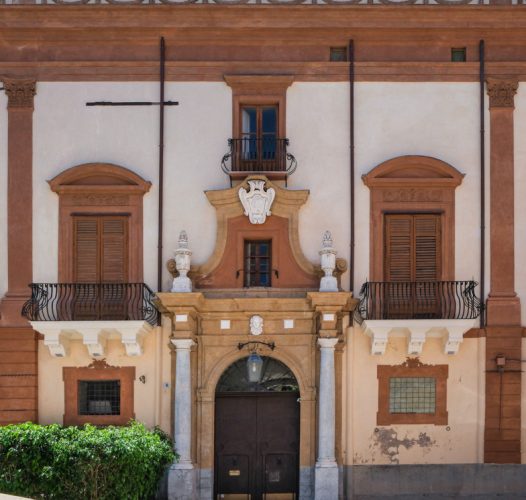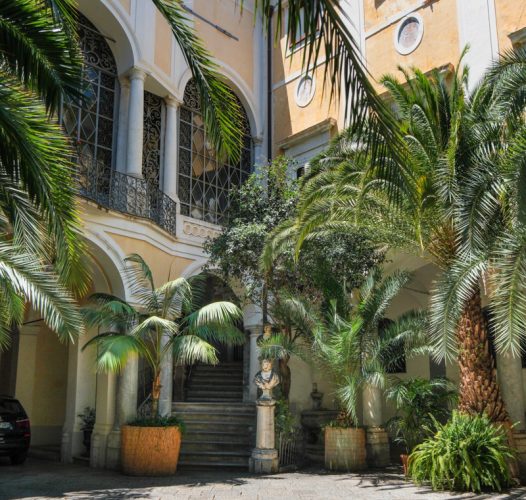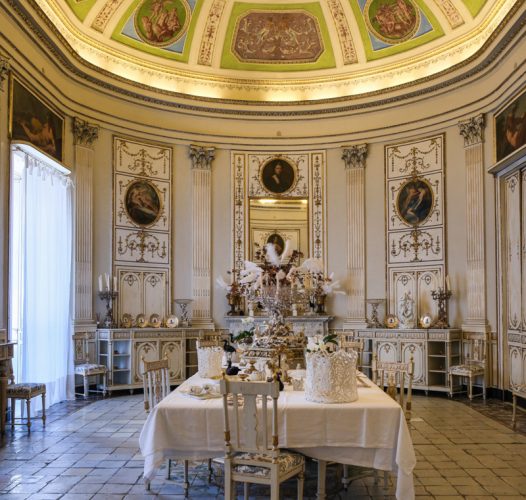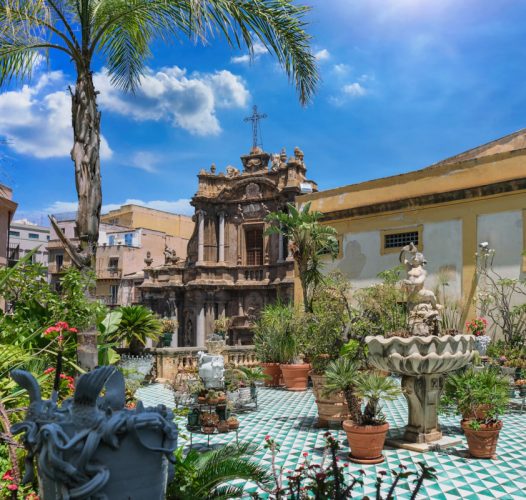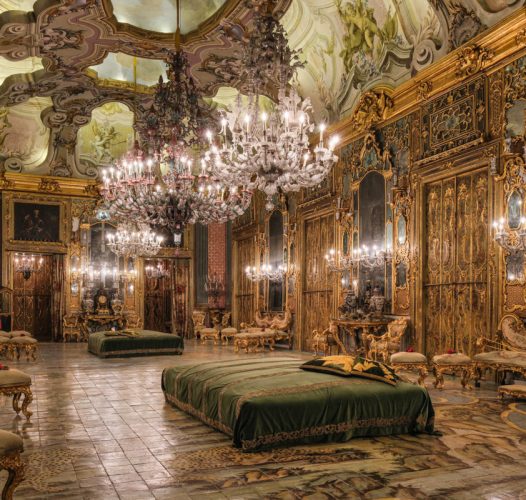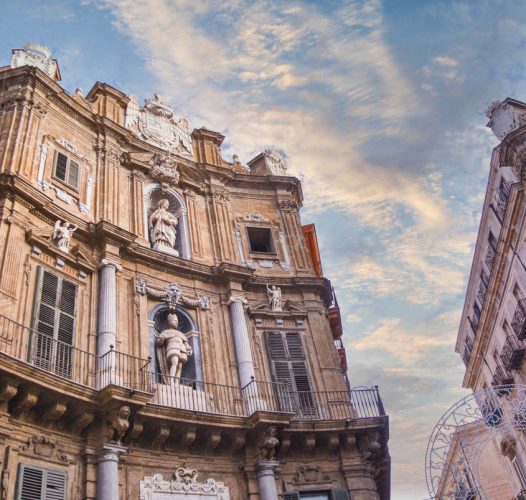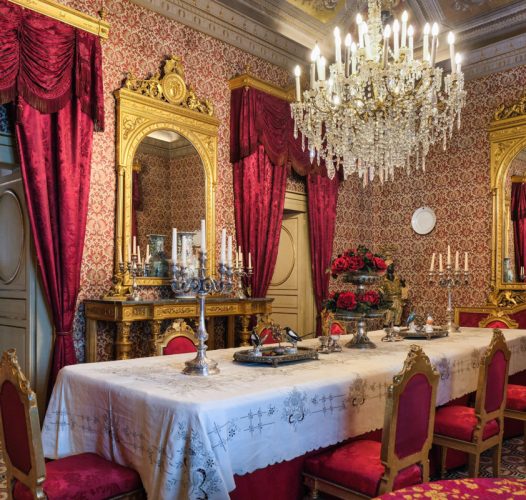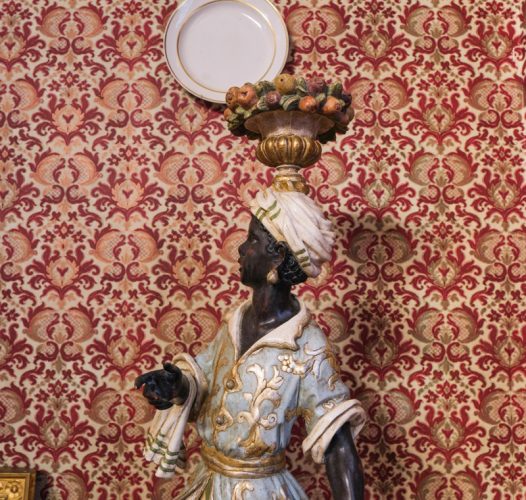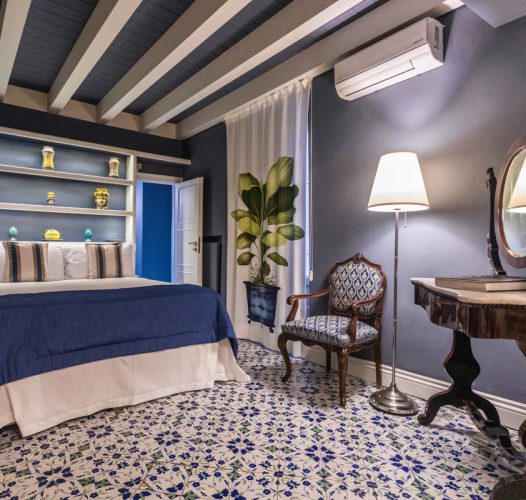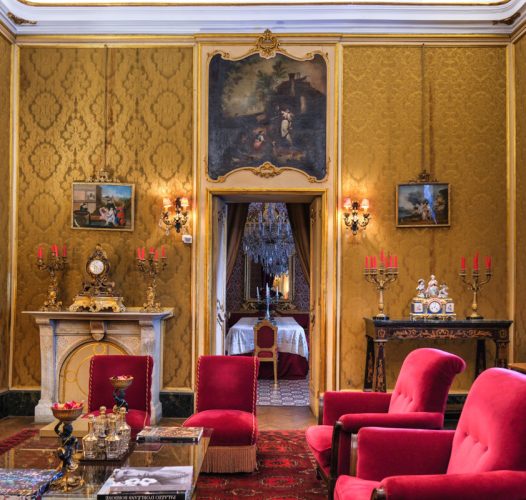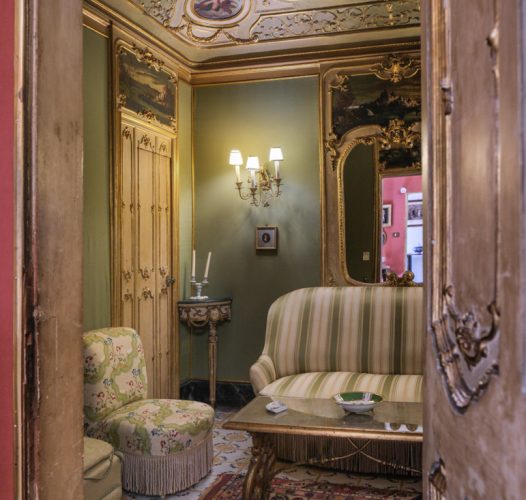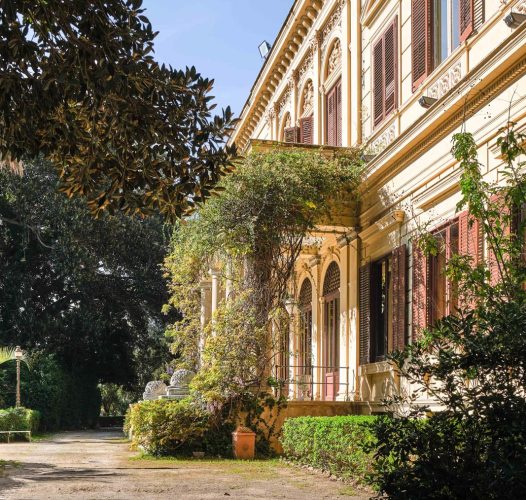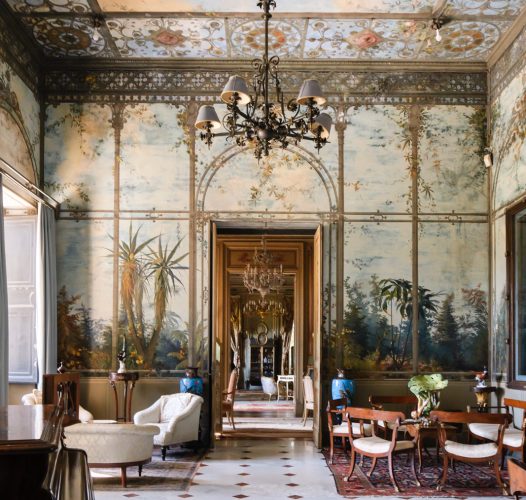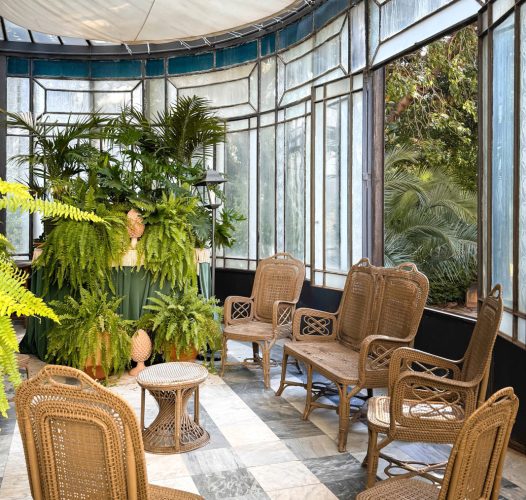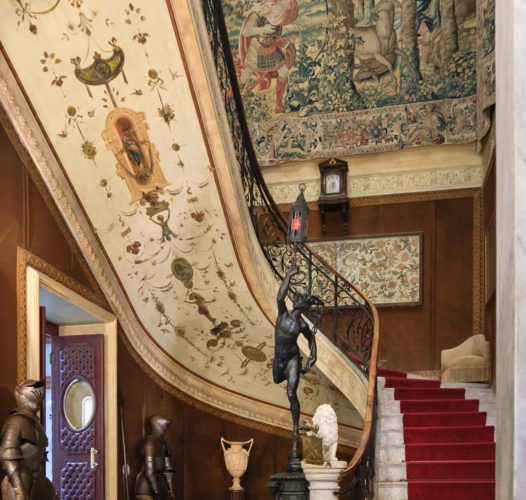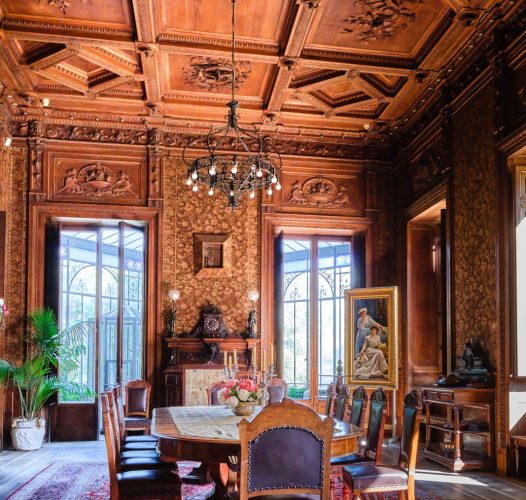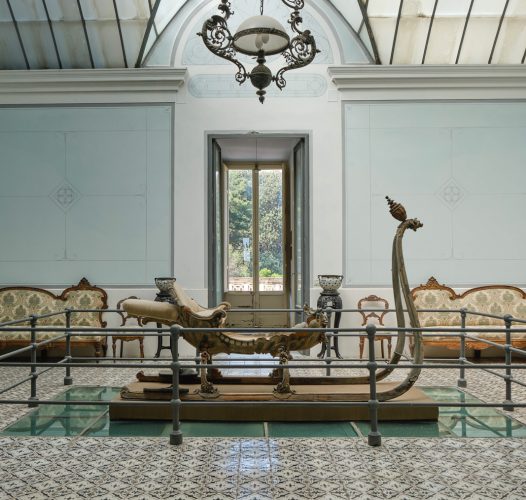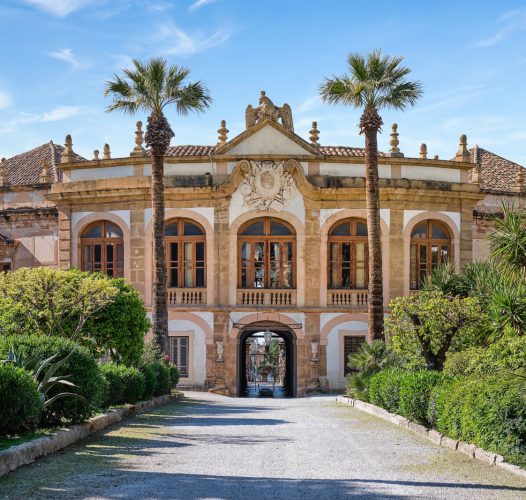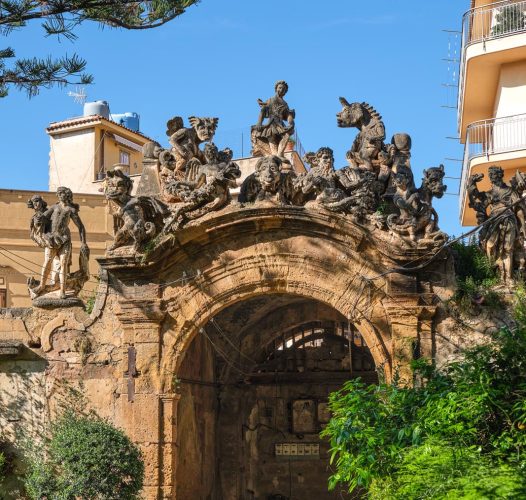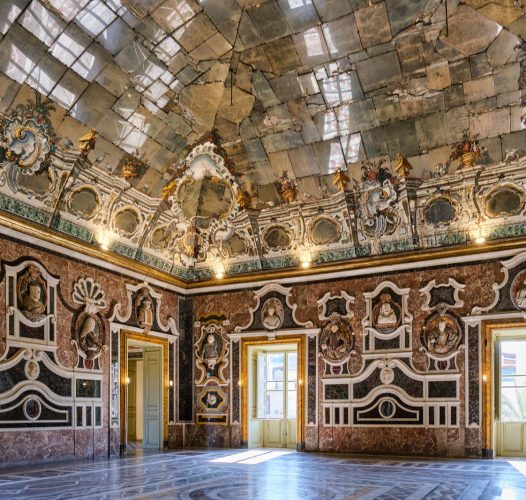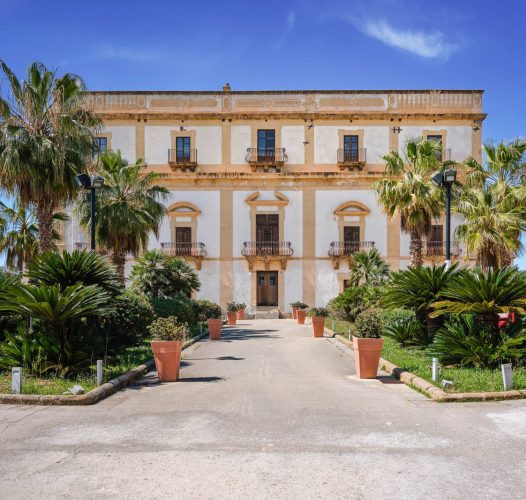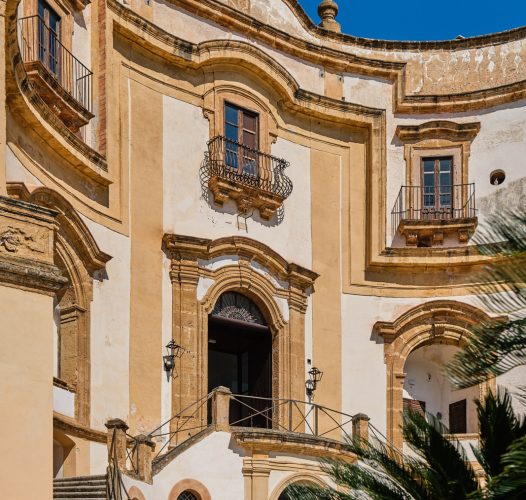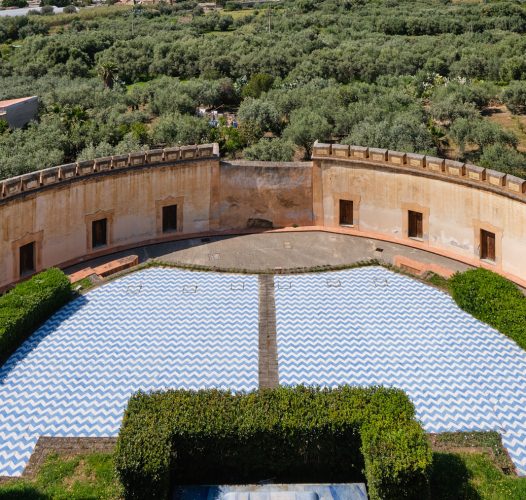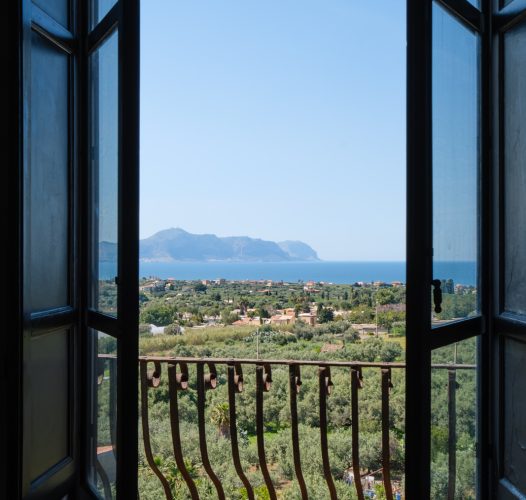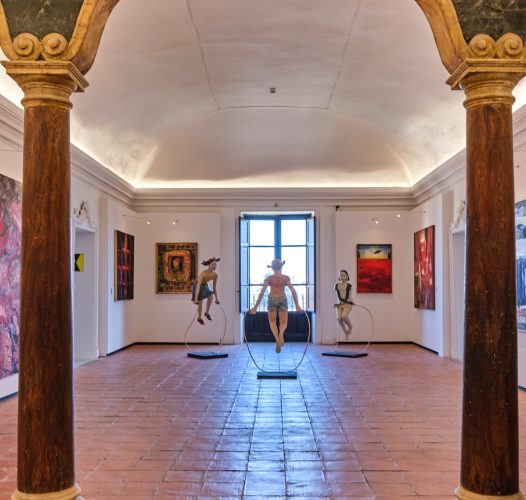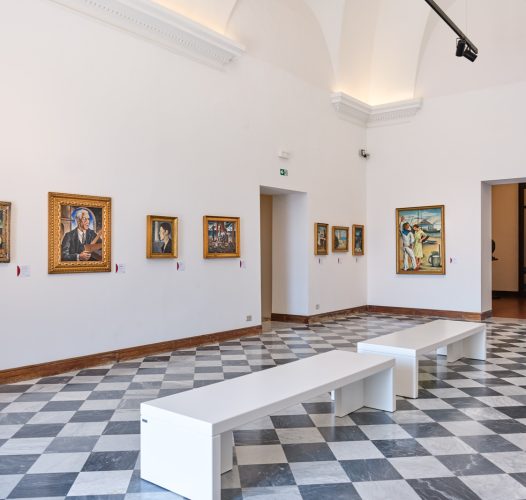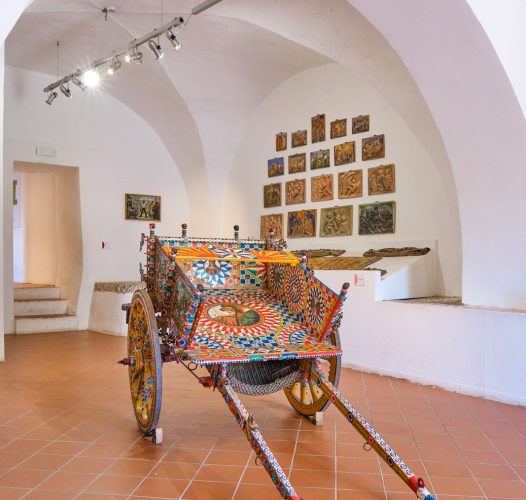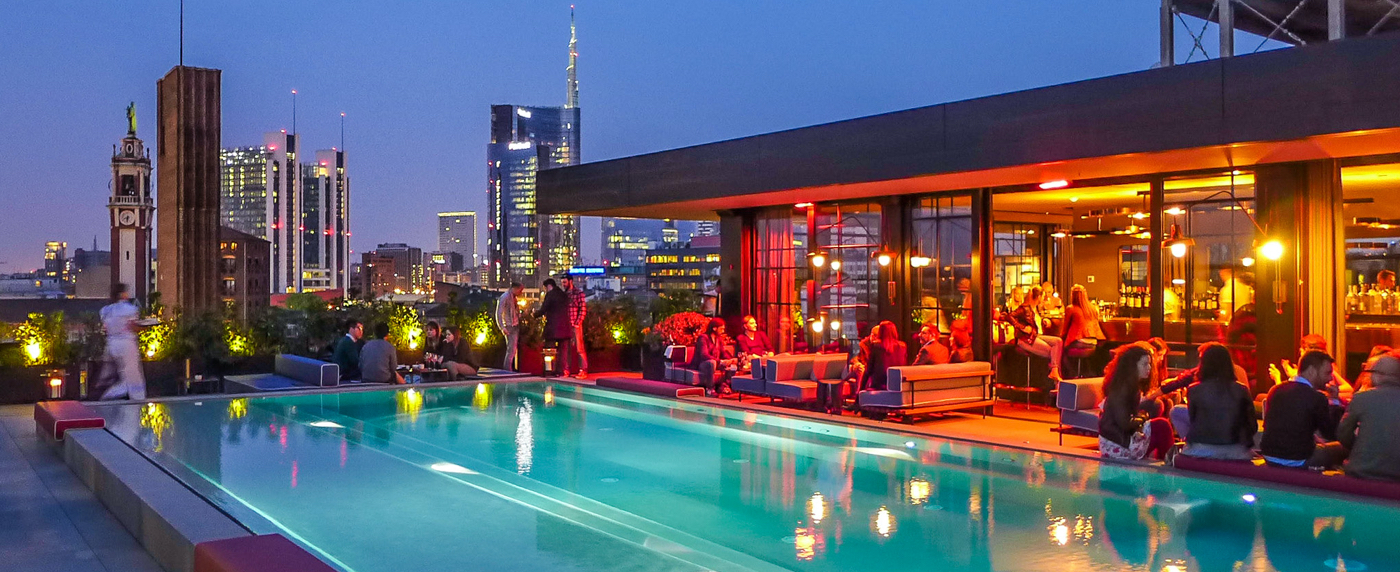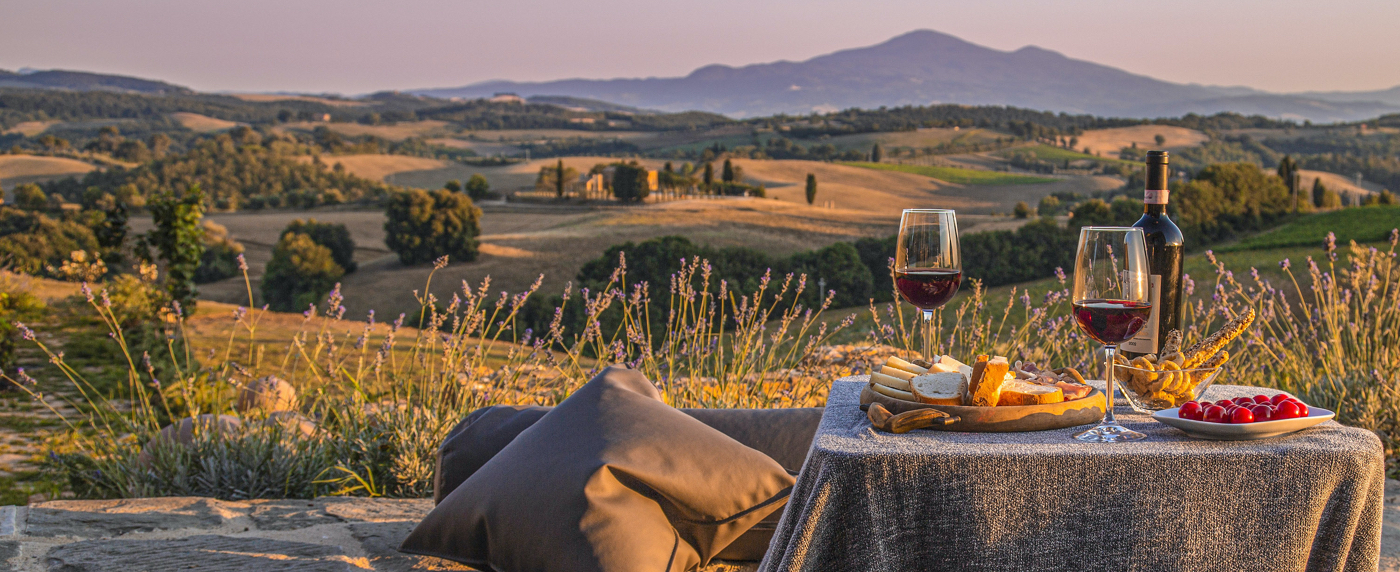The Leopard and The Lions of Sicily locations
The most beautiful baroque residences in Palermo
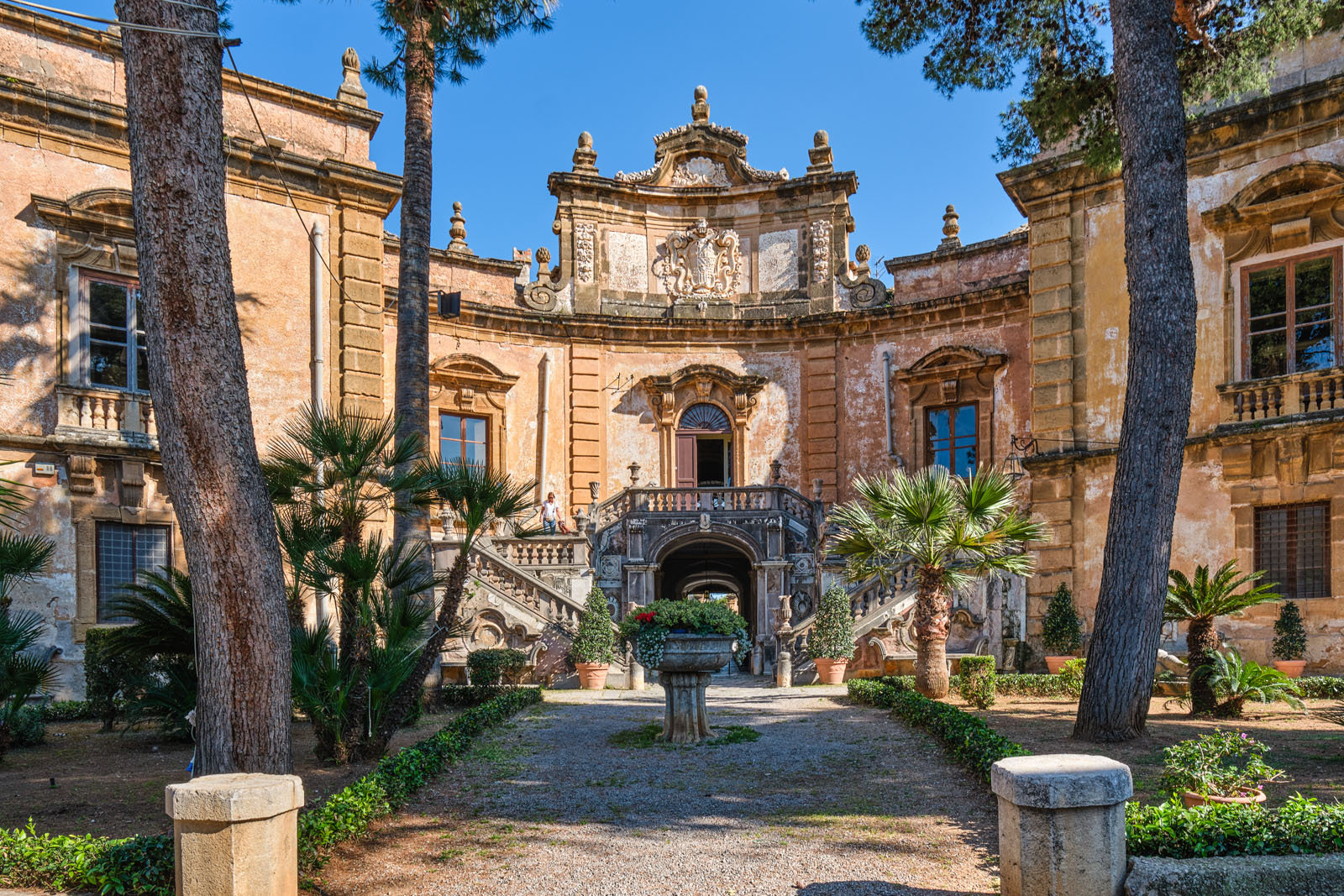
Some of the most beautiful palaces and villas in Palermo where they filmed films and series that tell the story of the world of Sicily during the late 1800s, the era of the Leopards and the Lions of Sicily, and where to eat after their visit.
The Leopard is a novel by Giuseppe Tomasi di Lampedusa that narrates the transformations that took place in society in Sicily during the Risorgimento, the transition from the Bourbon Kingdom to the birth of the Kingdom of Italy, made an immortal masterpiece by the film of the same name shot by the great Luchino Visconti, an exceptional aesthete, with Burt Lancaster, Alain Delon, and Claudia Cardinale.
A fascinating chapter of Sicilian history brought to the international news also by two recent series, with beautiful scenography and photography, The Leopard itself produced by Netflix and The Lions of Sicily by RAI, based on the book of the same name by Stefania Auci that tells the epic of the Florio family, a dynasty of shipowners, entrepreneurs of Marsala, the fish market, ceramics and tourism.
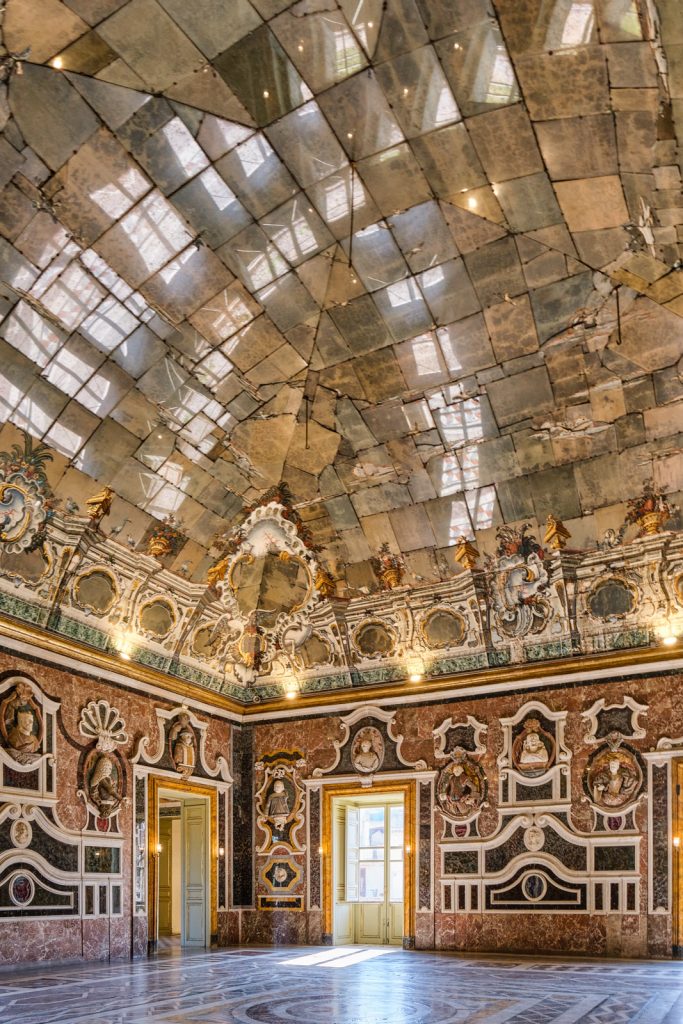
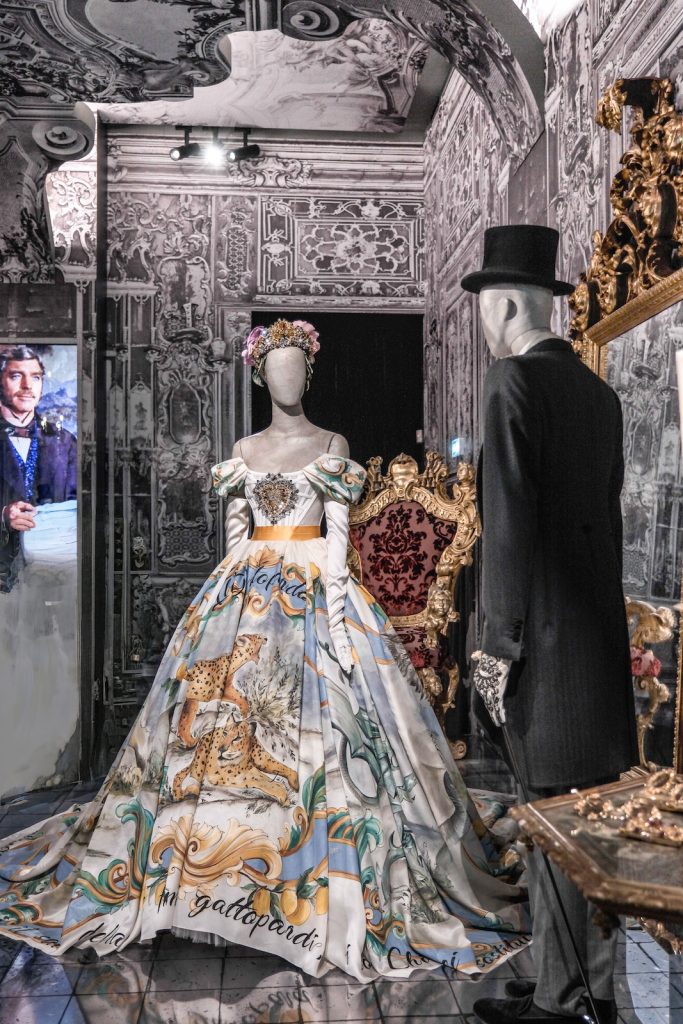
We were the leopards, the lions. Those who will replace us will be the jackals, the hyenas. And all of us, leopards, lions, jackals or sheep, we will continue to believe ourselves the salt of the earth. (Don Fabrizio, The Leopard)
A period of great splendor for Sicily, in which the aristocracy, thanks to the opening towards Europe and in particular the ties with England, will experience a period of pomp and great economic well-being exhibited in balls and dinners in the sumptuous baroque palaces which, a style that arose after the reconstruction following the earthquake of Val di Noto in 1693, is distinguished by exuberant decoration, a strong sense of scenography and color, and great freedom of expression.
One cannot help but start by mentioning Palazzo Valguarnera Ganci, in the center of Palermo in Piazza Croce dei Vespri, the location where both Visconti’s The Leopard were filmed, in particular the famous scene of the Ball, and The Lions of Sicily for the exteriors. Since the 15th century, a treasure chest of the most precious artistic and manufacturing production in the world, a treasure that has been handed down intact for centuries and whose custodians today are Giuseppe and Carine Vanni Calvello Mantegna di Gangi, heirs of the same family that built it.
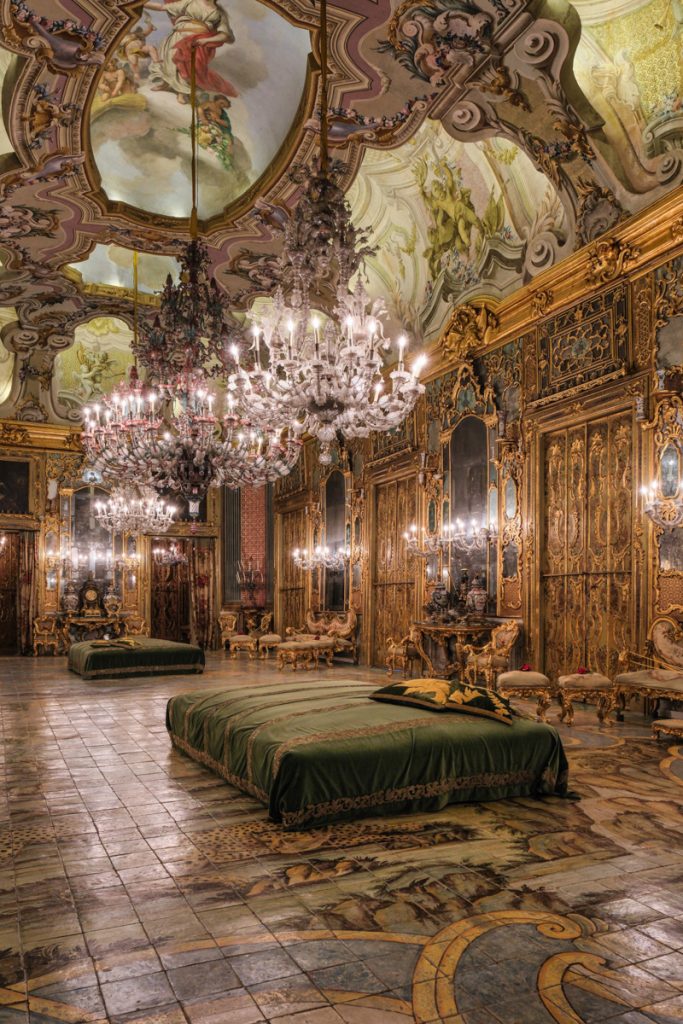
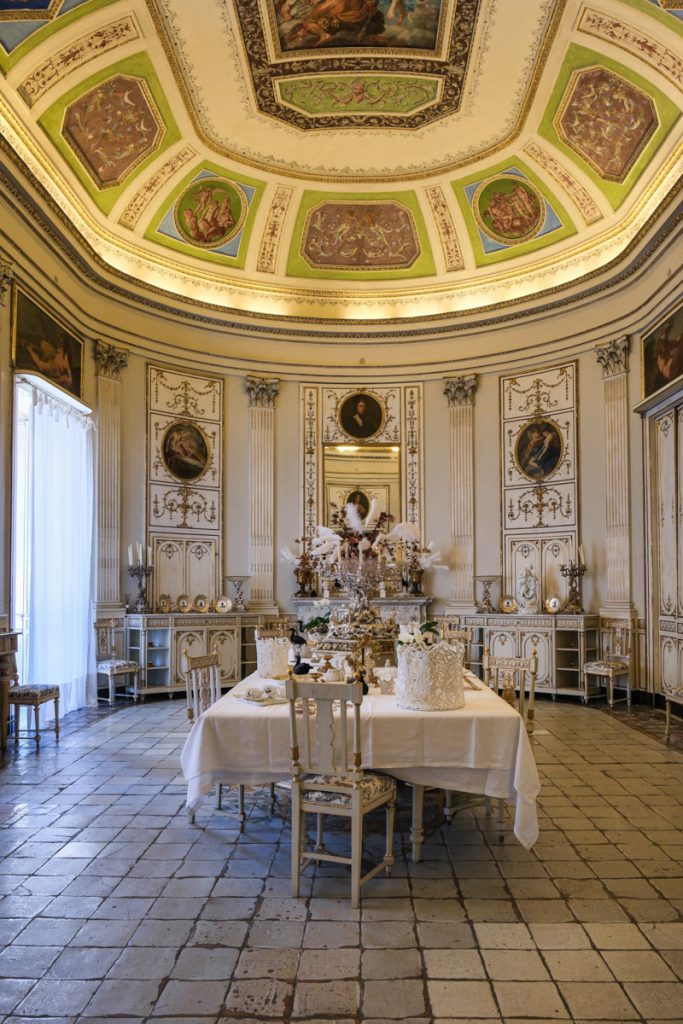
The heart and wonder of the Palace is the Gallery of Mirrors, closed by two boudoirs, with a unique ceiling 12 meters high and characterized by a double-height fretwork designed to emphasize the light of the candles of the large Murano glass chandeliers and a wonderful Vietri majolica floor decorated with the Labors of Hercules and the famous leopards.
For lunch you can book at the Osteria del Vespri which is located right under the Palace.
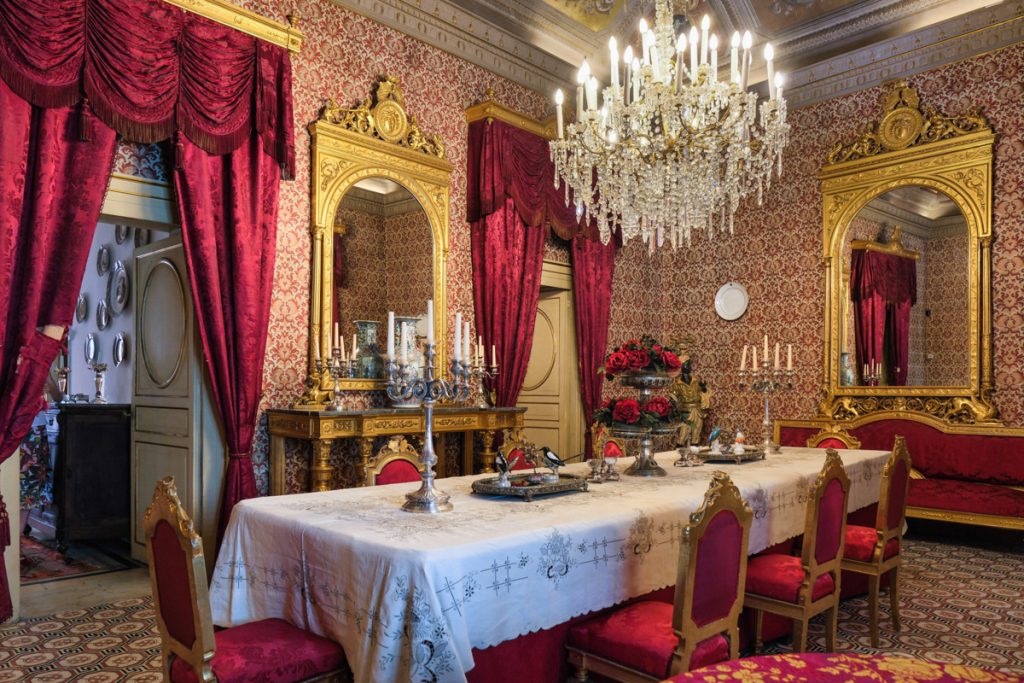
Not far away, in the central Via Vittorio Emanuele, is Palazzo Arone dei Baroni di Valentino, a boutique hotel created inside the sixteenth-century palace of one of the “leopards” of Sicily, a house-museum where the current owners, the barons Arone di Valentino, are the custodians of a century-old history that they love to share with their guests, also through original evenings in “café chantant” style. Splendid for a charming stay in Palermo.
And nearby, about 10 minutes away, in the Vucciria district, you can have lunch at Gagini or Aja Mola, respectively the fine dining and seafood trattoria of the famous restaurateurs Franco Virga and Stefania Milano.
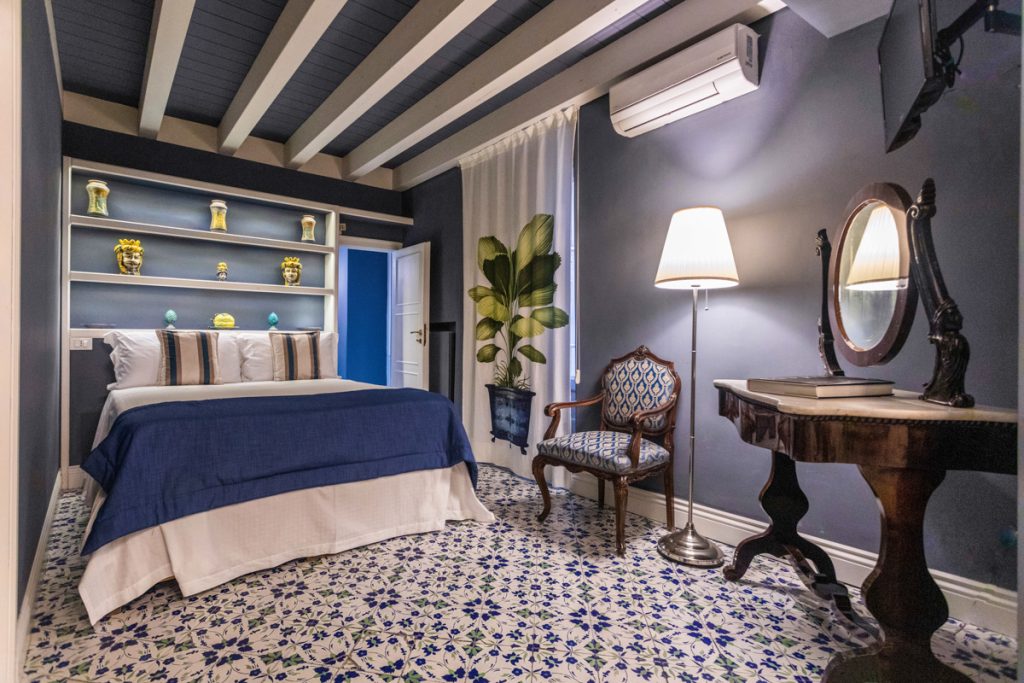
Another unmissable unicum is Villa Malfitano Whitaker, in via Dante, among the most beautiful historic homes in the world, primarily for the curious crossroads of cultures and refined arts that influenced its owners, Joseph Whitaker and his wife Tina Scalia, in the construction of their beloved Sicilian home.
The history of the English Whitaker family is intertwined, in fact, with that of The Lions of Sicily, in particular the Florio family with whom the father Joseph and uncle Benjamin Ingham became partners in the production of Marsala wine, whose success is due precisely to their powerful commercial fleet and relations in Europe.
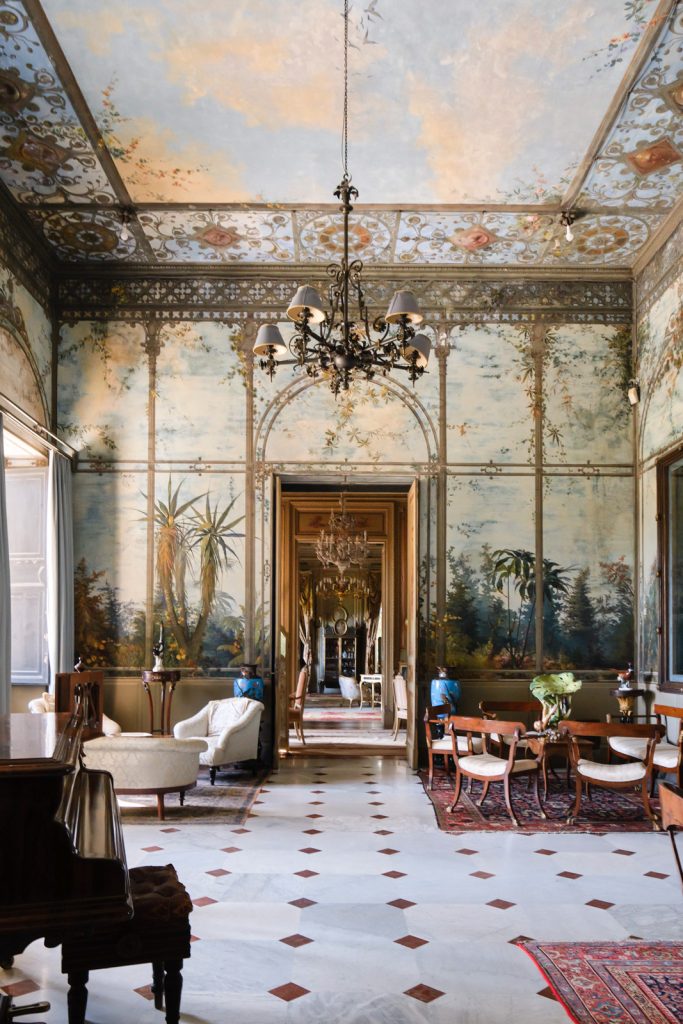
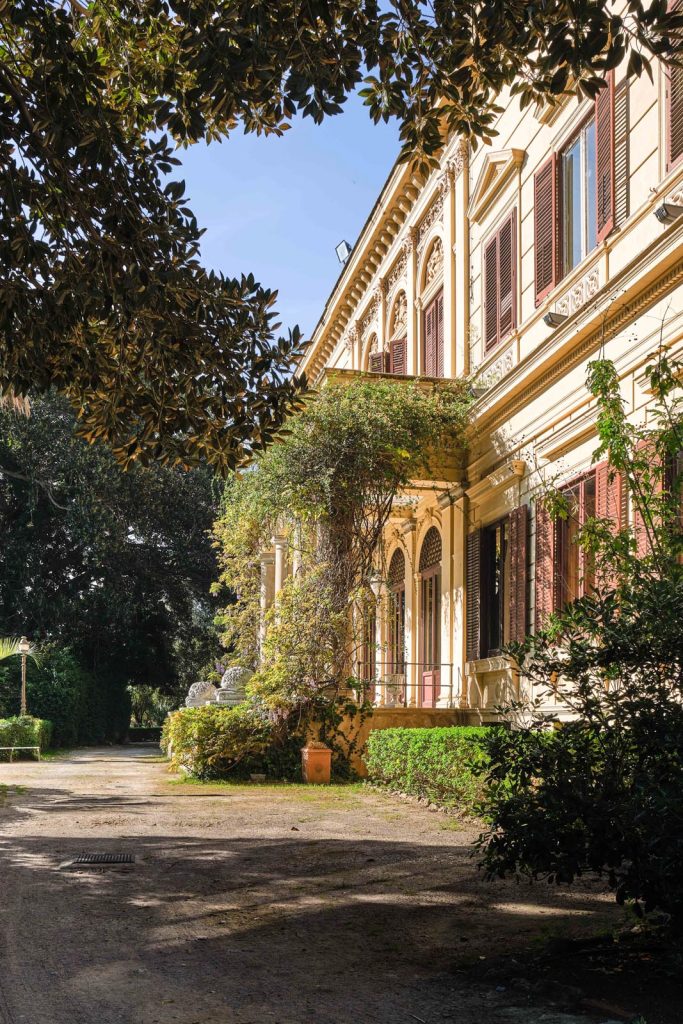
Rich in works of art and precious objects, perfectly arranged as they were left by the family, Villa Malfitano Whitaker is the only example of a Victorian villa kissed by the magical Sicilian light to which it owes its singular beauty. From there it is worth walking 20 minutes and going to Le Angeliche, a splendid Sicilian bistro in the heart of the Mercato del Capo in Palermo.
Just outside Palermo, about half an hour away, Bagheria is absolutely worth a visit, known as “the city of villas”, precisely because of the numerous and splendid baroque villas it hosts.
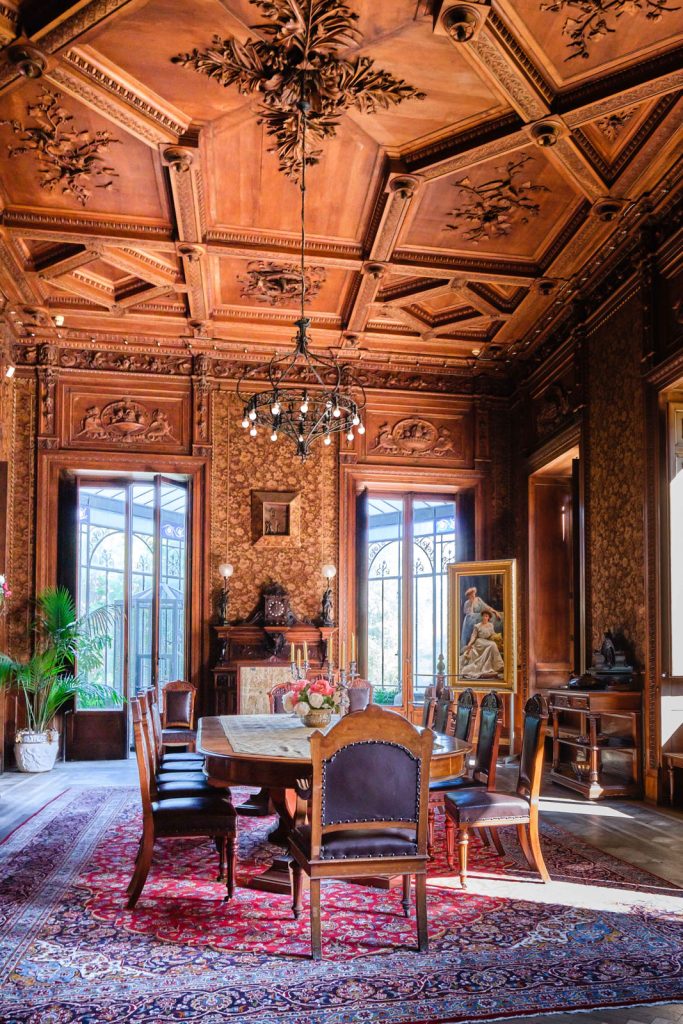
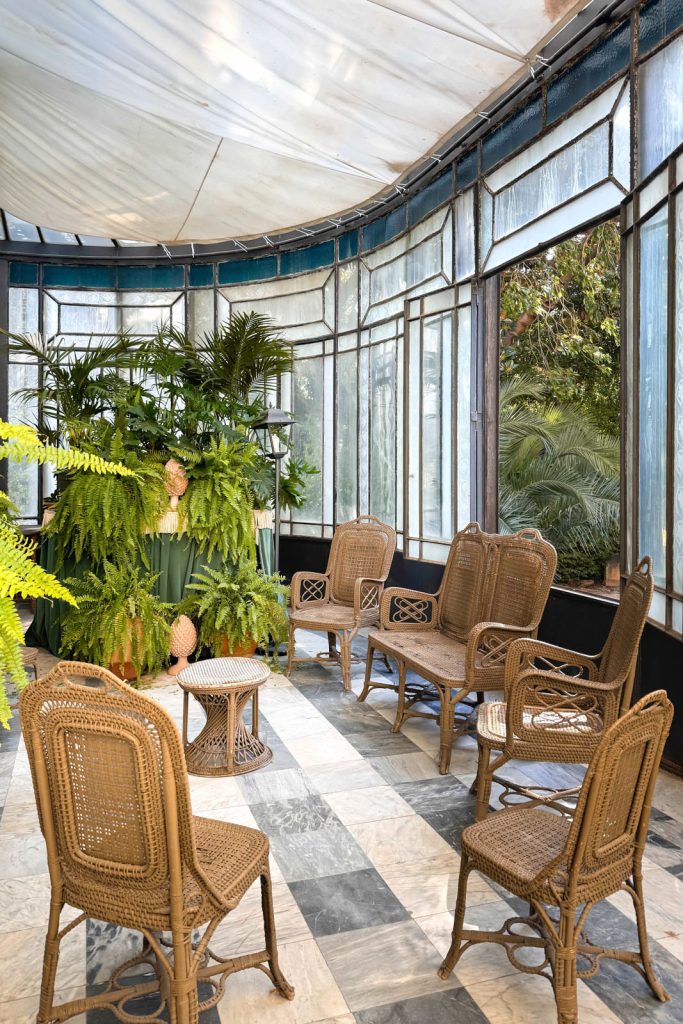
Among the most beautiful, Villa Palagonia is a baroque residence considered at the time of the Grand Tour the “most original place that exists in the world and famous throughout Europe” for its characteristic walls populated by hundreds of fantastic characters and a magnificent ballroom of mirrors, location of films such as “The Art of Joy” and “Baaria”, both by Giuseppe Tornatore.
In 1749, Francesco Ferdinando Gravina and Alliata, VI Prince of Palagonia, had decorations added to the villa that earned it the nickname of “Villa of Monsters“. The external walls and the lower bodies are, in fact, adorned with statues depicting animals and anthropomorphic figures, statues of ladies and knights, musicians and various caricatures and by a particular double-ramp staircase, under the sumptuous princely coat of arms of the Gravina family.

Nearby is Villa Cattolica, another splendid baroque residence, which houses the masterpieces donated by Renato Guttuso, who lived nearby, and his monumental tomb, a sculpture in rare Brazilian marble Azul Macaubas, azure that blends into the horizon with the blue of the sea.
Villa Cattolica became the property, in 1736, of the prince of Cattolica Eraclea Francesco Bonanno who restored it in baroque style to make it his summer residence. In 1948 it was purchased by the Scaduto family and used as a residence and headquarters for a factory for the production of canned food, a business interrupted during the Second World War, until the donation of the maestro Renato Guttuso who transformed Villa Cattolica into the Gallery of Modern and Contemporary Art of Bagheria.
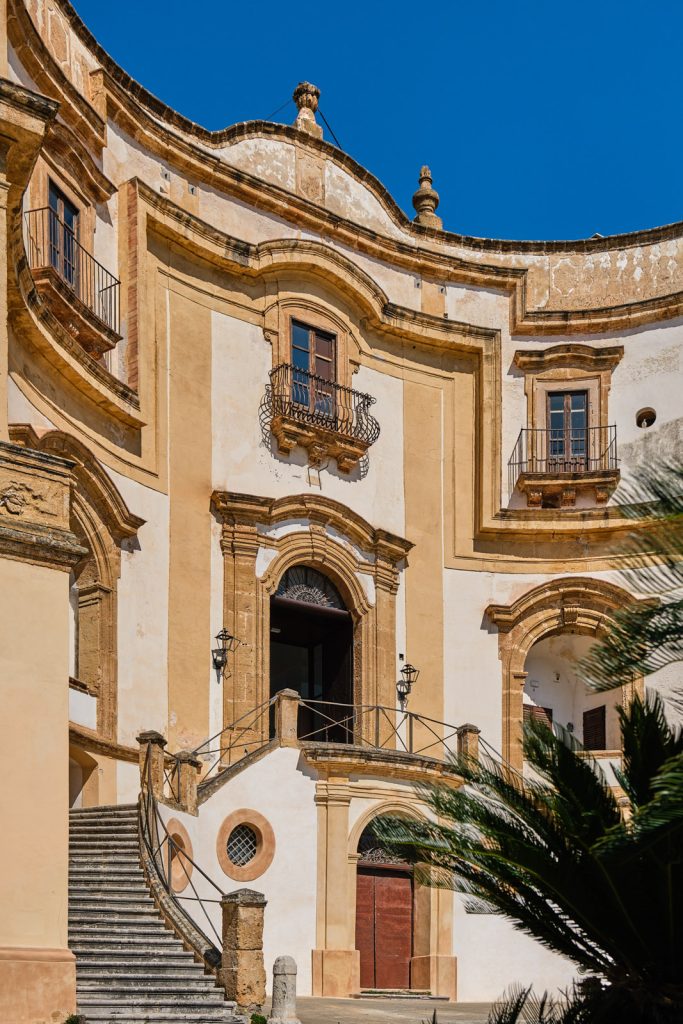
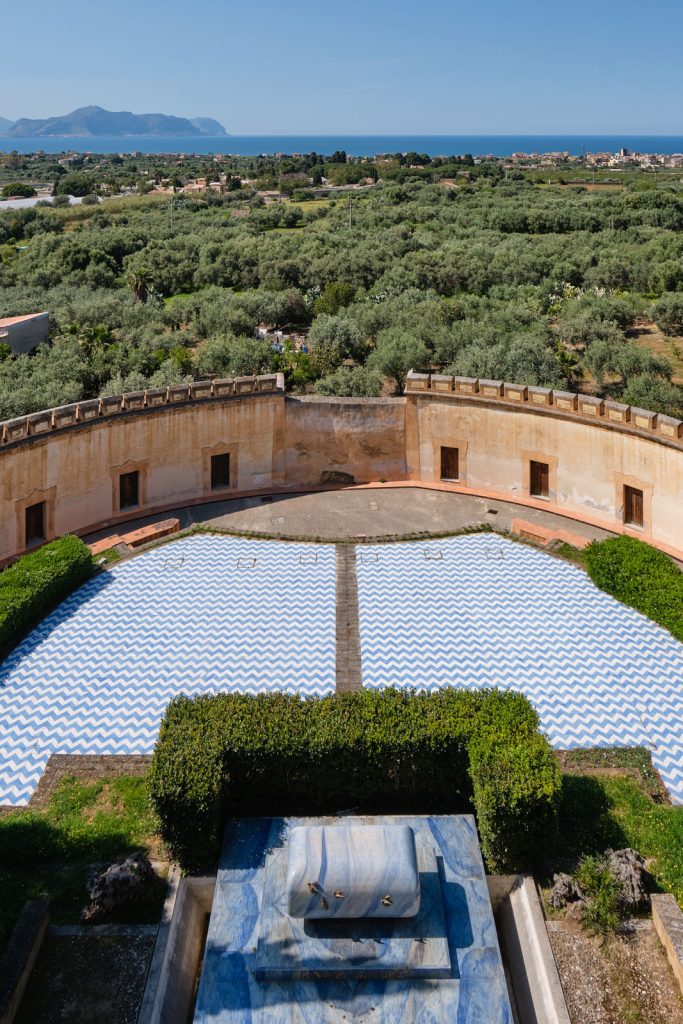
A few minutes away, you can book at Kàlamo, a traditional Sicilian restaurant born from the dream of Giacomo Galbo and chef Francesco Fricano to give new life to the nineteenth-century Villa Scaduto.
The Secret
The sets and costumes of The Leopard are extremely accurate thanks to the great passion of Visconti who supervised every detail, such as the chandeliers in the room lit with real candles and white gloves for all the actors for whom a laundry was even set up so that they were always immaculate.
